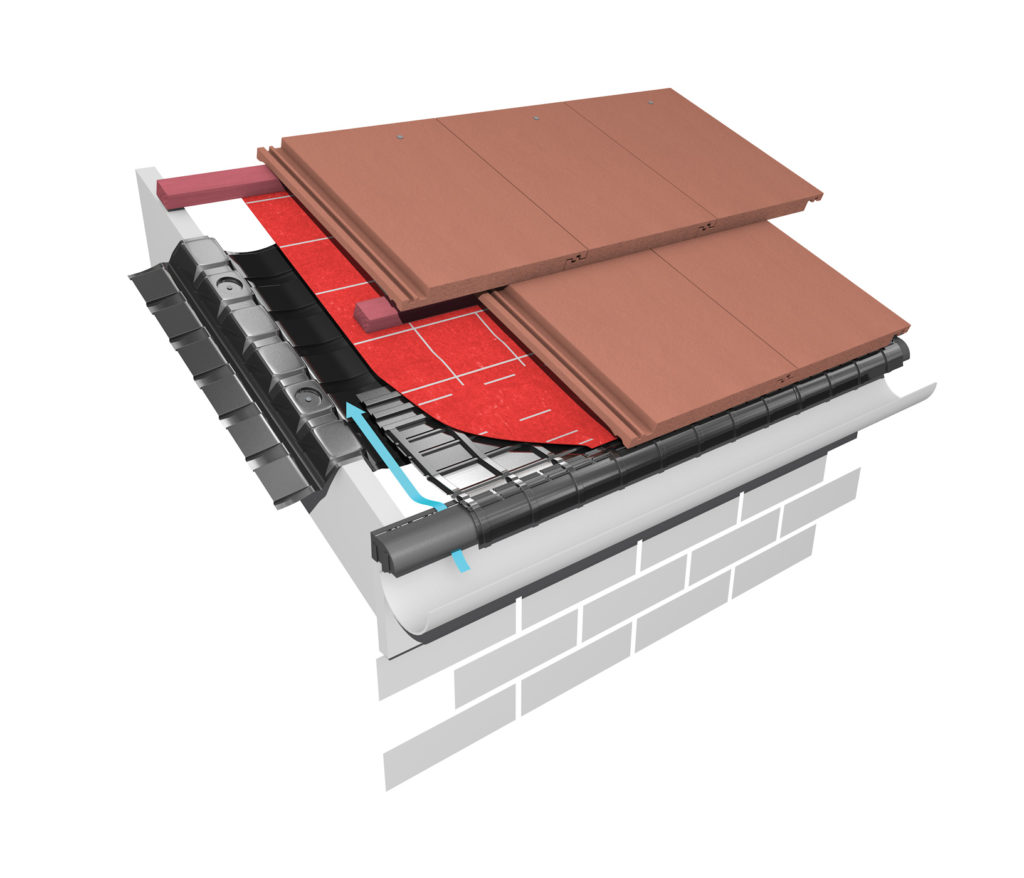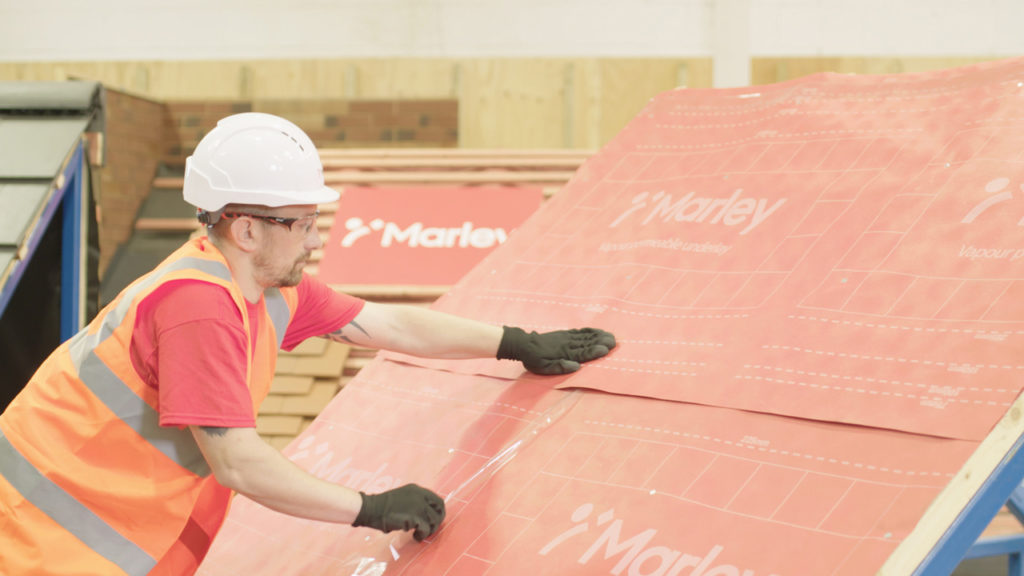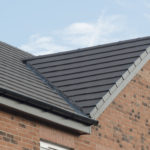Tom Woodhouse, Site Services Manager at Marley, discusses the challenge of condensation in social housing developments and gives advice on how to prevent it through more effective roof ventilation.
Condensation is a major challenge facing many social housing providers and while it is often thought of as a problem in older homes, in fact there are increasing incidents seen in new-build properties. This is because new homes are far more energy-efficient than in the past, thanks to changes to Part L of the Building Regulations, with increased levels of thermal insulation and airtightness. However, this can lead to a greater risk of damage from condensation if the roof is not ventilated adequately.
Moisture in the form of condensation can develop on the underside of roof tiles and slates, as well as the roof underlay, causing droplets to form in the batten void and roof space. This can cause damage to timber battens, rafters, fixings and insulation, not to mention any possessions left in the loft. In the worst cases, the build up of condensation and moisture can be so severe that it penetrates the ceiling, causing damage to the rooms below.
If condensation is not dealt with, it can lead to damp and mould, which not only has the potential to affect tenants’ health, but can also cause significant and expensive damage to the property. In fact, our Site Services team still gets called to sites to check on buildings where residents are alerted to a problem because they have seen drops of condensation forming. When we investigate the cause, it is usually down to insufficient ventilation when the roof has been installed. This is a costly process for local authorities to then go back and rectify these mistakes and repair any damage caused by condensation in the building.

Taking appropriate steps
The good news is that there are some simple steps that local authorities and housing associations can take at specification stage, to ensure roofs are ventilated adequately, on both new and refurbishment projects. This will help to tackle the issue of condensation, alongside other measures that they are already taking, such as giving advice leaflets to tenants on how to minimise moisture build up in the home.
Here are our top tips on correct ventilation to avoid harmful condensation:
1. Include both high- and low-level roof ventilation in accordance with BS 5250
The best way to reduce harmful condensation is through effective roof ventilation. Always comply with BS 5250:2011+A1:2016 ‘Code of practice for control of condensation in buildings’ and BS 9250:2007 ‘Code of practice for design of the airtightness of ceilings in pitched roofs’. This means that a cold roof should have a minimum of 10mm continuous ventilation at the eaves and 5mm continuous ventilation at the ridge.
You can use either a breathable or non-breathable underlay but must also make sure there is the right amount of high- and low-level ventilation to prevent condensation. This can be achieved using an array of solutions, including eaves ventilation, ventilated dry ridge systems, ridge vents or multiple tile vents.
2. Avoid using a breathable membrane as the only source of ventilation
Without a doubt, this is the ventilation problem that we see most frequently. In our experience the term ‘breathable’ underlay is quite often misunderstood because it suggests that ventilation is not required. However, the British Standard BS 5250, ‘Code of practice for the control of condensation in buildings’, does not consider the situation where it is proposed to provide no ventilation to the roof void.
As such, roofs will always require some form of supplementary low- and high-level ventilation in accordance with BS 5250. This is also a tried and tested approach, which avoids placing the heavy long-term burden of effective roof ventilation on one single element.

3. Get a new specification for every project
Ventilation is a complex area, with many different variables — e.g. the type of roof covering, size of property, warm or cold roof and whether it has a well-sealed ceiling. Ventilation is the sum of all of its parts and should not be dependent on one single product or method. Just as you should get a new fixing specification for every project, it is advisable to do the same with ventilation. At Marley, we are able to offer a range of specification services, to include the appropriate choice of underlay and ventilation systems to ensure secure pitched roof fitting and the lowest possible risk of interstitial condensation.
4. When increasing insulation, check the ventilation
If you’re increasing the loft insulation as part of a refurbishment project, then you need to check ventilation has not been compromised as this can produce a condensation problem. If there is eaves ventilation then it is important that the effective air path is not blocked. Where insulation at ceiling level is more than 300mm deep, then we offer the Universal Eaves Vent Plus system, which has a wider rafter roll and ensures airflow.
5. Consider specifying a full roof system from one manufacturer
Increasingly, local authorities are specifying a full-pitched roof system, from one manufacturer, to guarantee compliance with British Standards and minimise call backs for issues such as condensation. Our full roof system includes a wide choice of roof tiles or slates, as well as battens, underlay, ventilation, dry fix systems and fixings, backed up with a free 15-year system warranty. This ensures that, not only do you have the right level of ventilation, but also guarantees the quality and compatibility of all roof elements and minimises the risk of inferior products or materials substitution in the supply chain.










